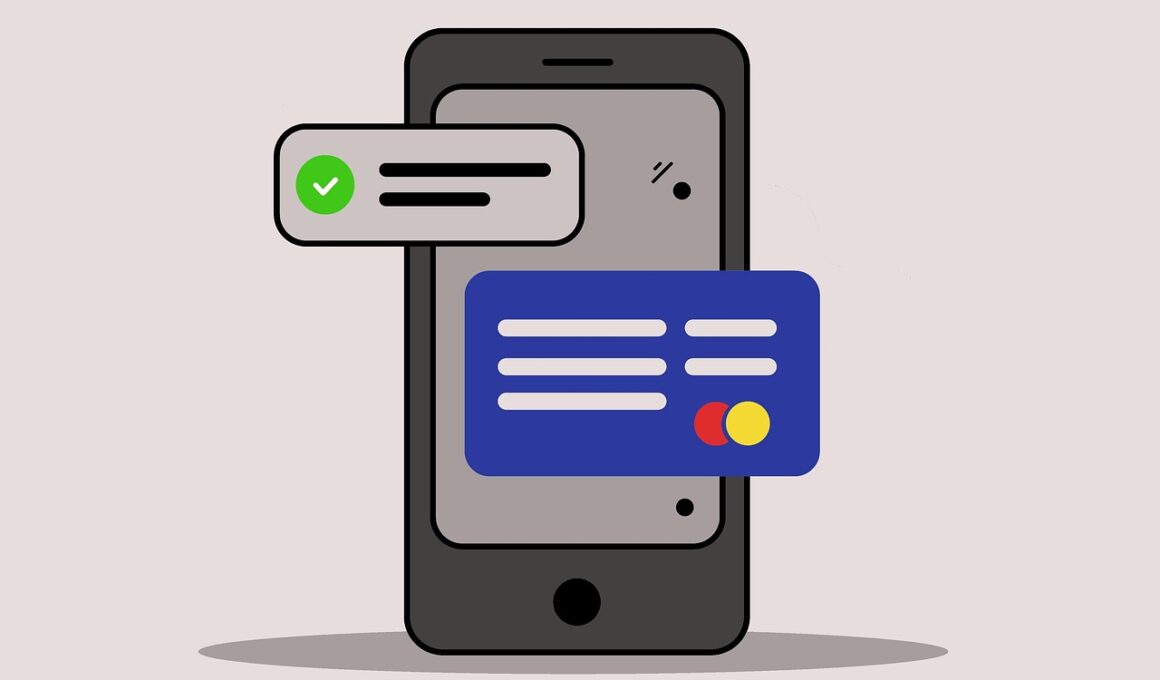Pay Per Click Advertising: A Step-by-Step Guide
Pay Per Click (PPC) Advertising is a digital marketing strategy where advertisers pay a fee each time one of their ads is clicked. It’s essentially a way to buy visits to your site, rather than earning them organically. This form of advertising elevates a brand’s visibility and can be particularly effective for driving traffic instantly. The process begins with keyword research to identify terms that potential customers use in search engines. By understanding these keywords, advertisers can craft campaigns that align closely with user intent, targeting audiences effectively. Advertisers bid on these keywords, indicating how much they’re willing to pay for a click. Each ad auction determines the placement of ads based on bid amount, ad relevance, and quality score. Ad platforms like Google Ads and Bing Ads facilitate these auctions, providing tools for creating and managing campaigns. Successful PPC campaigns require continuous monitoring and optimization, as market dynamics shift and user behavior evolves. This leads to better ad performance and ultimately maximizes return on investment (ROI). With careful planning and execution, PPC can be a highly effective marketing channel for businesses.
Understanding how to set up a PPC campaign is crucial for success. The initial step is to create an account with an advertising platform, like Google Ads. After this, start by defining your campaign goals. Are you looking for brand awareness, lead generation, or sales? During this phase, select the right campaign type, such as Search Ads, Display Ads, or Shopping Ads. Each has its own set of advantages depending on your target audience and objectives. The next essential element is keyword selection. Utilize tools like Google Keyword Planner to find relevant keywords with a high search volume but manageable competition. Once you have your keywords, you must create compelling ad copy that attracts potential customers’ attention. This includes headlines, descriptions, and calls to action (CTAs) that encourage clicks. Moreover, ensure that the landing page you direct visitors to is user-friendly and aligns with ad expectations. This coherence significantly impacts your conversion rates. Lastly, after launching the campaign, monitoring its performance is vital for adjustments that enhance efficacy and return on investment.
The Importance of Landing Pages
Another critical aspect of PPC Advertising is the creation of effective landing pages. A landing page is the webpage where users arrive after clicking on your ad. It plays a pivotal role in converting visitors into customers. A well-designed landing page should be relevant to the ad content, providing information that aligns with the user’s expectations. Elements like clear headings, concise text, and engaging visuals can significantly improve user experience. Furthermore, employing strong CTAs encourages users to take the desired action, whether it’s making a purchase or signing up for a newsletter. Additionally, optimizing the landing page for mobile users is crucial because a growing number of consumers browse through their smartphones. Test different landing page designs and content to determine which ones yield the highest conversion rates. A/B testing allows advertisers to refine their messaging and visuals based on real data. Consistent branding throughout the ad and landing page reinforces trust and helps guide the user’s decision-making process, ultimately leading to better campaign performance and increased revenue.
Budgeting for a PPC campaign is another essential factor. Advertisers need to determine how much they are willing to invest in their campaigns, including daily or weekly budgets. This helps in controlling costs and allocating funds effectively across different keywords and ad groups. It’s also important to understand the bidding strategies available, including Manual CPC, Enhanced CPC, or Target CPA. Each strategy has its pros and cons based on campaign goals and market dynamics. Manual CPC allows greater control but requires more insights into performance. Enhanced CPC automatically adjusts bids to maximize conversions, while Target CPA focuses on getting conversions at a predetermined cost per acquisition. Depending on the nature of your business and objectives, one strategy may be more effective than others. It is also advisable to keep a reserve budget for testing new keywords or campaigns. This flexibility allows for ongoing optimization and scaling of successful efforts, ensuring that advertising funds are utilized efficiently. Regularly reviewing performance metrics and adjusting bids accordingly can significantly improve PPC efficiency.
Performance Tracking and Analytics
Tracking the performance of your PPC campaigns is paramount for continuous improvement. Utilizing tools like Google Analytics can provide deep insights into user behavior after clicking on your ads. Important metrics to monitor include Click-Through Rate (CTR), conversion rate, and cost per conversion. CTR indicates how well your ad resonates with users, while conversion rate measures the effectiveness of your landing page. Moreover, understanding the cost per conversion helps determine overall profitability. Setting up conversion tracking is essential to gather accurate data on which keywords and ads drive sales. This involves placing a piece of code on the thank-you page or confirmation page that users see after completing a desired action. Regularly analyzing and comparing these metrics helps in identifying which aspects of your PPC strategy are succeeding and which areas need enhancement. Implementing changes based on data can result in significantly improved outcomes. Additionally, utilizing A/B testing for ad copy and landing pages will demonstrate which variations yield the best results, allowing for data-informed decisions.
Beyond performance analytics, understanding your return on investment (ROI) is vital to assess the success of your PPC campaigns. Calculating ROI involves comparing the revenue generated from your campaigns against the costs incurred. To maintain a healthy ROI, it’s essential to continuously optimize your campaigns based on performance data, keyword effectiveness, and market trends. If certain keywords are underperforming, consider pausing them or adjusting bids accordingly. Conversely, keywords that drive high conversions may warrant increased investments. Additionally, consider exploring remarketing strategies to re-engage users who may have previously interacted with your ads but did not convert. Remarketing allows businesses to stay top-of-mind and encourages past visitors to return and complete their transactions. Employing audience segmentation can also enhance targeting efforts, allowing for more personalized ad experiences that resonate with specific demographics. Overall, a comprehensive understanding of ROI not only helps in managing current campaigns but also in planning future advertising strategies that maximize resource utilization.
Future Trends in PPC Advertising
As the digital landscape changes, PPC Advertising strategies must evolve. Staying ahead of trends can enhance your advertising efforts and capitalize on emerging technologies. One rising trend is the increased integration of artificial intelligence (AI) in PPC platforms. AI-driven tools help optimize ad targeting, bids, and even the creation of ad content. Machine learning algorithms allow continuous learning from user interactions, enabling advertisers to better predict what works. Voice search is also becoming more prevalent as consumers increasingly turn to devices like Amazon Alexa or Google Home. Adapting your keywords and campaigns for voice search ensures relevance. Moreover, a growing focus on video advertising, particularly on social media platforms, offers new channels to engage audiences visually. Short, compelling video ads can deliver messages effectively and capture attention more than traditional text-based ads. Additionally, the use of automation in managing PPC campaigns is on the rise, enabling real-time adjustments. Staying abreast of these trends is crucial in sustaining campaign performance and ensuring that advertising investments yield desired results in a dynamic marketplace.
In conclusion, Mastering Pay Per Click Advertising requires a blend of strategic planning, continuous learning, and optimization. With proper keyword research, ad copy development, landing page design, and performance analysis, businesses can significantly boost their visibility and traffic. Establishing clear goals, with a focus on user experience, is vital to create effective campaigns that resonate with potential customers. As technology evolves, adapting to new tools and trends such as AI-driven ads, voice search, and video marketing will further enhance PPC effectiveness. Overall, companies must remain patient and open to refining their strategies based on data insights. This adaptability is key to navigating the complexities of PPC and maximizing the return on investment. Whether you are a small business or a large enterprise, embracing PPC will help broaden your outreach and achieve your marketing objectives. Thus, cultivating a culture of experimentation and analysis will empower marketers to remain competitive. Establishing a foundation of knowledge and best practices in PPC Advertising ensures long-term success, making informed decisions that lead to optimal campaign performance and growth.


